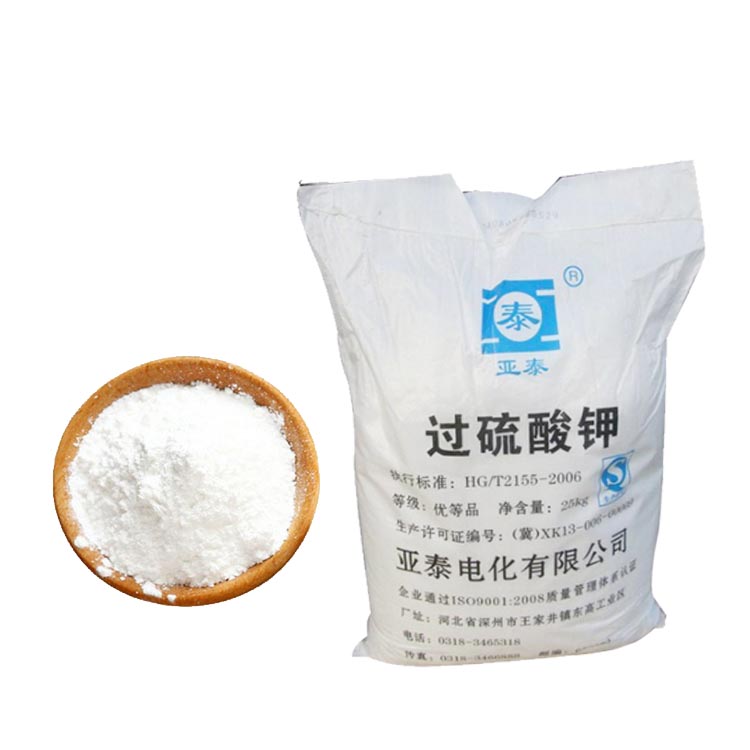在60℃以上水溶液中,過硫酸鉀可分解產生硫酸氫鉀和原子態氧,硫酸氫鉀在溶液中離解而產生氫離子,故在氫氧化鈉的堿性介質中可促使分解過程趨于完全。
In the aqueous solution above 60 ℃, potassium persulfate can decompose to produce potassium bisulfate and atomic oxygen. Potassium bisulfate dissociates in the solution to produce hydrogen ions. Therefore, the decomposition process can be promoted to be complete in the alkaline medium of sodium hydroxide.
分解出的原子態氧在120~124℃條件下,可使水樣中含氯化合物的氮元素轉化為硝酸鹽。并且在此過程中有機物同時被氧化分解。可用紫外分光光度法于波長220和275nm處,分別測出吸光度A220及A275按式(1)求出校正吸光度A:
The decomposed atomic oxygen can convert the nitrogen element containing chloride compound into nitrate at 120 ~ 124 ℃. And in this process, the organic matter is oxidized and decomposed at the same time. The absorbance a220 and A275 can be measured by UV spectrophotometry at the wavelengths of 220 and 275 nm respectively, and the corrected absorbance a can be calculated according to formula (1):
A=A220-2A275………………………………………………(1)
A=A220-2A275………………………………………………(1)
按A的值查校準曲線并計算總氮(以NO3-N計)含量。
Check the calibration curve according to the value of a and calculate the content of total nitrogen (calculated by NO3-N).
4 試劑和材料
4 reagents and materials
除非(4.1)另有說明外,分析時均使用符合標準或標準的分析純試劑。
Unless otherwise specified in (4.1), analytical pure reagents conforming to national standards or professional standards shall be used for analysis.
4.1 水,無氨。按下述方法之一制備;
4.1 water, no ammonia. Prepare according to one of the following methods;
4.1.1 離子交換法:將蒸餾水通過一個強酸型陽離子交換樹脂(氫型)柱,流出液收集在帶有密封玻璃蓋的玻璃瓶中。
4.1. 1 ion exchange method: the distilled water is passed through a strong acid cation exchange resin (hydrogen type) column, and the effluent is collected in a glass bottle with a sealed glass cap.
4.1.2 蒸餾法:在1000mL蒸餾水中,加入0.10mL硫酸(p=1.84g/mL)。并在全玻璃蒸餾器中重蒸餾,棄去前50mL餾出液,然后將餾出液收集在帶有玻璃塞的玻璃瓶中。
4.1. 2 distillation method: add 0.10ml sulfuric acid (P = 1.84g/ml) to 1000ml distilled water. And re distill in an all glass distiller, discard the first 50ml distillate, and then collect the distillate in a glass bottle with a glass stopper.
4.2 氫氧化鈉溶液,200g/L:稱取20m氫氧化鈉(NaOH),溶于水(3.1)中,稀釋100mL。
4.2 sodium hydroxide solution, 200g / L: weigh 20m sodium hydroxide (NaOH), dissolve in water (3.1), and dilute to 100ml.
4.3 氫氧化鈉溶液,20g/L:將(4.2)溶液稀釋10倍而得。
4.3 sodium hydroxide solution, 20g / L: obtained by diluting (4.2) solution 10 times.

4.4 堿性過硫酸鉀溶液:稱取40g過硫酸鉀(K2S2OB),另稱取15g氫氧化鈉(NaOH),溶于水(4.1)中,稀釋1000mL,溶液存放在聚乙烯瓶內,更長可貯存一周。
4.4 alkaline potassium persulfate solution: weigh 40g potassium persulfate (k2s2ob) and 15g sodium hydroxide (NaOH), dissolve it in water (4.1), dilute it to 1000ml, and store the solution in a polyethylene bottle for up to one week.
4.5 鹽酸溶液,1+9。
4.5 hydrochloric acid solution, 1 + 9.
4.6 硝酸鉀標準溶液。
4.6 potassium nitrate standard solution.
4.6.1 硝酸鉀標準貯備液,CN=100mg/L:硝酸鉀(KNO3)在105~110℃烘箱中干燥3h,在干燥器中冷卻后,稱取0.7218g,溶于水(4.1)中,移1000mL容量瓶中,用水(4.1)稀釋標線在0~10℃暗處保存,或加入1~2mL三氯甲烷保存,可穩定6個月。
4.6. 1 potassium nitrate standard stock solution, CN = 100mg / L: dry potassium nitrate (KNO3) in an oven at 105 ~ 110 ℃ for 3h. After cooling in a dryer, weigh 0.7218g, dissolve it in water (4.1), transfer it to a 1000ml volumetric flask, dilute it with water (4.1) to the mark, store it in the dark at 0 ~ 10 ℃, or add 1 ~ 2ml trichloromethane for 6 months.
4.6.2 硝酸鉀標準使用液,CN=10mg/L:將貯備液用水(4.1)稀釋10倍而得。使用時配制。
4.6. 2 potassium nitrate standard solution, CN = 10mg / L: it is obtained by diluting the stock solution 10 times with water (4.1). Prepared when in use.
4.7 硫酸溶液,1+35。
4.7 sulfuric acid solution, 1 + 35.
5 儀器和設備
5 instruments and equipment
5.1 常用實驗室儀器和下列儀器。
5.1 common laboratory instruments and the following instruments.
5.2 紫外分光光度計及10mm石英比色皿。
5.2 ultraviolet spectrophotometer and 10mm quartz cuvette.
5.3 醫用手提式蒸氣器或家用壓力鍋(壓力為1.1~1.4kg/cm2),鍋內溫度相當于120~124℃。
5.3 medical portable steam sterilizer or domestic pressure cooker (pressure is 1.1 ~ 1.4kg / cm2), and the temperature in the cooker is equivalent to 120 ~ 124 ℃.
5.4 具玻璃磨口塞比色管,25mL。
5.4 colorimetric tube with glass ground plug, 25ml.
所用玻璃器皿可以用鹽酸(1+9)或硫酸(1+35)浸泡,清洗后再用水(4.1)沖洗數次。
The glassware used can be soaked in hydrochloric acid (1 + 9) or sulfuric acid (1 + 35), washed with water (4.1) for several times.




